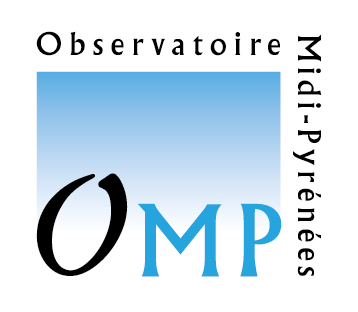Long term nitrogen budget modelling in a small agricultural watershed: hydrological control assessment of nitrogen losses with semi-distributed (SWAT) and distributed (TNT2) models
Résumé
Nitrogen exports in catchments are known to be greatly variable because nitrogen cycle in watershed is controlled by different factors such as landuse, farm management practices, climate, soil type and hydrological setting. Our aim is to study the relative importance of the processes controlling nitrogen losses at catchment scale in the long term using a modelling approach constrained by a long term record of observations. The study area is a catchment of 330 ha with 95 % of intensive agriculture in a hilly shallow soil context, in the south west of France. Historical field rotation and nitrogen river load data have been collected for a 20 year period. Two process-based and spatially distributed models have been chosen to simulate nitrogen transfer and transformation in the whole catchment. The first one is the fully distributed TNT2 model, developed and validated in a different context (farming systems in north-western France). The second one is the widely used, semi-distributed SWAT model, used and recognizedto be realistic in many studies on nitrogen transfer in river. This comparative modelling approach was used to evaluate the effect of different modelling approaches on the identification of controlling factors, and the ability of both models to simulate alternative scenarios. The discharge, especially during storm flow, is well simulated by the curve number approach and the semi-distributed hydrological parameter description used SWAT, while the Topmodel-derived approach used in TNT2 tends to underestimate some peak discharges. Nitrogen dynamic simulations are considered to be acceptable for both models for a long time period but the use of both models allows to exhibit their respective capacity and limits. TNT2 has higher potentiality to test the impact of complex agricultural scenarios because the description of management practices and the simulation of crops to management options is more detailed. It permits the assessment of spatial interactions and focussed spatial management, like the set up of grass or tree strips. SWAT can then be used to scale up change scenarios from TNT2 small catchment results to large catchments.
Domaines
Biodiversité et Ecologie
Origine : Fichiers produits par l'(les) auteur(s)

